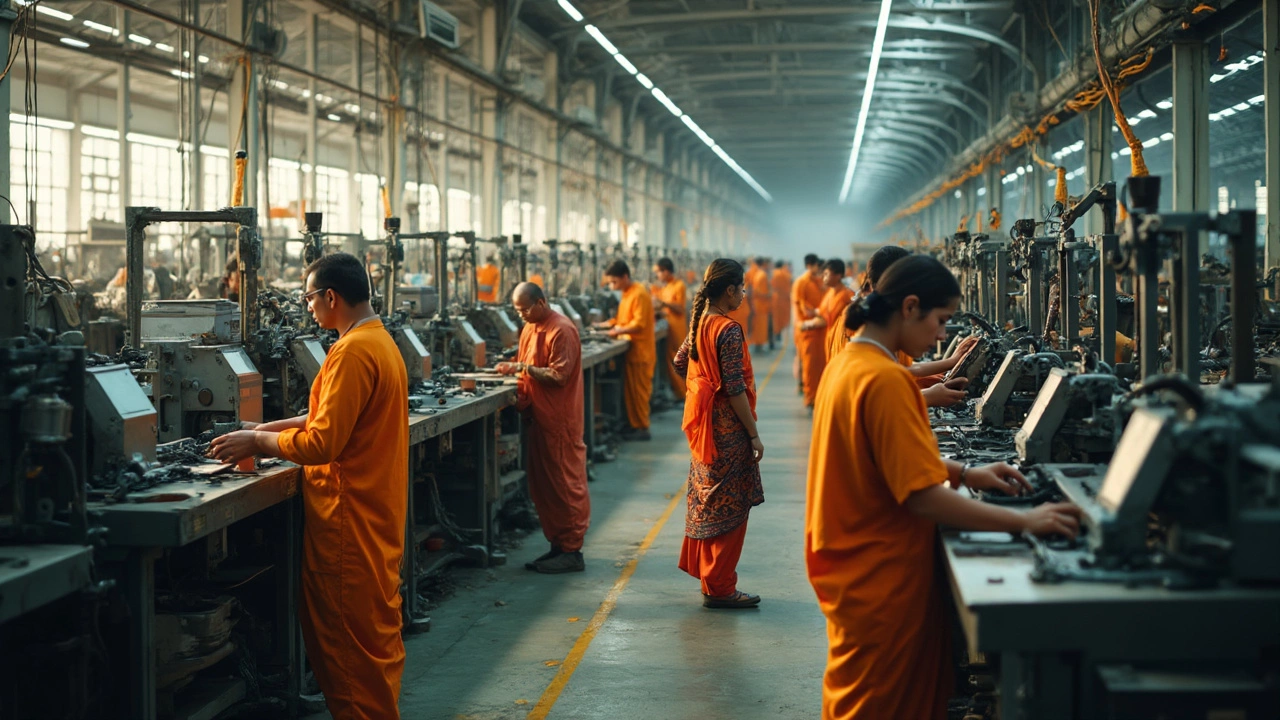India Manufacturing: Trends, Guides & Opportunities
India’s factories are buzzing with change. From new tech to smarter processes, the whole sector is moving fast. If you’re a dealer, an entrepreneur, or just curious about how things are made in India, you’re in the right spot. Below you’ll find the most useful ideas and tips to help you understand what’s happening and how to take advantage of it.
Top Manufacturing Trends Shaping India in 2025
First off, automation is no longer a buzzword – it’s everyday reality on the shop floor. Small robots, data‑driven quality checks, and cloud‑based scheduling are cutting waste and boosting output. The 5 M’s of manufacturing (Man, Machine, Material, Method, Measurement) are being measured in real time, so companies can spot problems before they become costly.
Second, sustainability is becoming a must‑have. Factories are cutting energy use, recycling water, and looking for greener raw materials. This shift isn’t just good for the planet; it also opens new market chances, especially for exporters who need to meet global eco‑standards.
Third, the government’s “Make in India” push is finally hitting the ground. New policies are easing land acquisition, speeding up approvals, and offering tax breaks for high‑tech production. States like Gujarat and Maharashtra are emerging as hubs for pharma, textiles, and electronics, giving local firms a leg up.
Practical Guides to Start or Grow Your Business
If you’re thinking about launching a small scale industry, the first step is picking the right product. Look for high demand items – the 2025 market favors smart home furniture, lightweight textiles, and niche food‑processing units. The article “Highest Demand Product Ideas for Manufacturing Startups” breaks down exactly what buyers are after right now.
Once you have a product, focus on the basics: licenses, equipment, and a solid production method. The step‑by‑step guide “How to Become a Successful Manufacturer” walks you through everything from registering the business to setting up a quality control system. It even flags common pitfalls, like underestimating utility costs.
Don’t forget the 5 M’s when you design your line. The piece “Understanding the 5 M’s of Manufacturing” explains how balancing people, machines, and processes can lift both speed and quality. Applying those ideas early saves headaches later.
Funding is another big piece of the puzzle. The guide “How Much Money Do You Really Need to Start a Small Scale Business in 2025?” shows real numbers for equipment, rent, and working capital, so you can avoid nasty surprises.
Finally, stay ahead of competition by watching untapped sectors. The article “Industries with Low Competition” points out areas like advanced polymer recycling and specialty chemical manufacturing where demand is growing but few players exist.
All these resources sit under the India manufacturing tag, so you can explore each topic in depth. Whether you’re building a new factory, upgrading an old line, or just want to know which state is the next big hub, the articles give you concrete steps and real‑world examples.
Keep an eye on the trends, use the guides, and you’ll be ready to turn ideas into real products that sell. India’s manufacturing future is wide open – the only question is whether you’ll be part of it.
Three Pillars of Manufacturing: What Actually Drives Success?
Wondering how manufacturing actually works behind the scenes? This article breaks down the three pillars that keep factories running: production, quality, and efficiency. It also explains how government schemes in India push these pillars to new heights. Get practical tips and real-world examples focused on what really matters for long-term manufacturing success. Discover why missing even one pillar can make a factory wobble.
Read More




